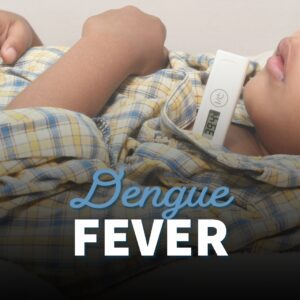3 Things You Need to Know About Alopecia
 Alopecia areata is an autoimmune condition that affects 6.8 million Americans, causing hair loss on the scalp, eyebrows or other regions of the body. The National Alopecia Areata Foundation has recognized the month of September as Alopecia Awareness Month since 1986. During this time, the foundation encourages medical professionals and the public alike to learn more about alopecia and support those who live with the condition. In honor of Alopecia Awareness Month, here are the top three things you need to know about alopecia areata.
Alopecia areata is an autoimmune condition that affects 6.8 million Americans, causing hair loss on the scalp, eyebrows or other regions of the body. The National Alopecia Areata Foundation has recognized the month of September as Alopecia Awareness Month since 1986. During this time, the foundation encourages medical professionals and the public alike to learn more about alopecia and support those who live with the condition. In honor of Alopecia Awareness Month, here are the top three things you need to know about alopecia areata.
There are three main types of alopecia
Alopecia occurs when the body’s immune system mistakenly attacks healthy hair follicles. The hair follicles become smaller and the natural production of hair slows to the point where hair growth may stop entirely.
The three main types of alopecia are:
- Alopecia totalis – Total hair loss on the scalp.
- Alopecia areata – The most diagnosed form of alopecia, this type of hair loss results in one or more hairless patches on the scalp. The hair loss can also occur in other regions of the body such as the eyebrows, armpits, ears or inside the nose.
- Alopecia universalis – A rare form of alopecia that causes total hair loss in all regions of the body.
It is a common misconception that alopecia results in permanent hair loss. But the immune response that attacks the hair follicles does not destroy the hair follicle altogether, meaning that the hair can and likely will grow back. Depending on the type and severity of the condition, patients may experience unpredictable and recurring hair loss throughout their lifetime. In some cases, patients see hair regrowth in a matter of months, while others may experience longer periods of regrowth.
Causes of alopecia include both genetic and environmental factors
Alopecia is a complex condition that affects both men and women equally. The condition develops most commonly during a patient’s teenage years, . People who suffer from conditions such as asthma, thyroid disease, hay fever, vitiligo or atopic dermatitis are more likely to develop alopecia areata in their lifetime.
Different treatment options work for different people
After diagnosis, a physician will recommend one or more treatment options depending on the patient’s age, the type of alopecia areata they’re experiencing, and the extent of their hair loss. The goal of alopecia treatment is to prevent the immune system from attacking the hair while also stimulating healthy hair growth. For those with mild forms of alopecia (less than 50% hair loss), treatment is likely to be more successful at regrowing hair than in those with more severe cases of alopecia.
Common treatment options include:
Topical minoxidil – A 5% topical minoxidil solution applied once or twice daily helps stimulate hair growth on the scalp, eyebrows and beard region. This type of treatment is preferred due to its ease-of-use and reduced risk of side effects.
Topical or oral corticosteroids – This treatment option comes in several strengths and preparations such as pills, lotions, creams, foams and solutions. Corticosteroids help decrease inflammation around the hair follicle, but their effectiveness can be limited depending on how well the scalp absorbs the product.
For more information about alopecia areata, visit the National Alopecia Areata Foundation website.




